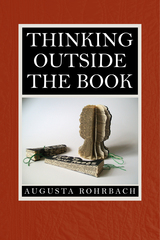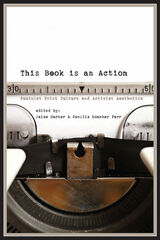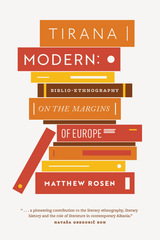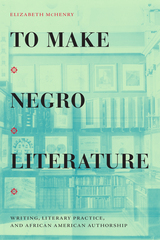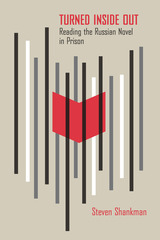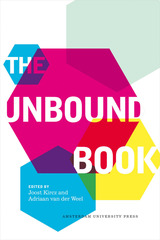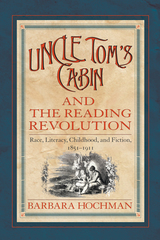The Minjung Art Movement: Decolonization and Democracy in South Korea
Duke University Press, 2026
Cloth: 978-1-4780-2980-9 | Paper: 978-1-4780-3323-3 | eISBN: 978-1-4780-6199-1 (standard)
See other books on: Asian Studies | Decolonization | Democracy | Korean | South Korea
See other titles from Duke University Press
Cloth: 978-1-4780-2980-9 | Paper: 978-1-4780-3323-3 | eISBN: 978-1-4780-6199-1 (standard)
ABOUT THIS BOOK | AUTHOR BIOGRAPHY | TOC
ABOUT THIS BOOK
Emerging as multifaceted cultural activism, the minjung (people’s) art movement defined the aesthetics of the pro-democracy movements in the 1970s and 1980s in South Korea. Tracing minjung art’s history and legacy, Sohl Lee explores how artists associated with the movement mobilized images, print, and performance to build movement publics and reimagine sovereignty. Hundreds of artists questioned the underlying assumptions of liberal democracies and the art-making practices of the global Cold War. Their decolonial critiques of international modernism were inseparable from reimagining democracy and refiguring the relationship between art and democracy. Recuperating overlooked performance-oriented practices and the protest aesthetics that helped usher in parliamentary democracy in 1987, Lee shows that South Korea’s globalization in the 1990s and its rise as cultural soft power in the new millennium cannot be understood apart from a pro-democracy culture that was both political and popular.
See other books on: Asian Studies | Decolonization | Democracy | Korean | South Korea
See other titles from Duke University Press


